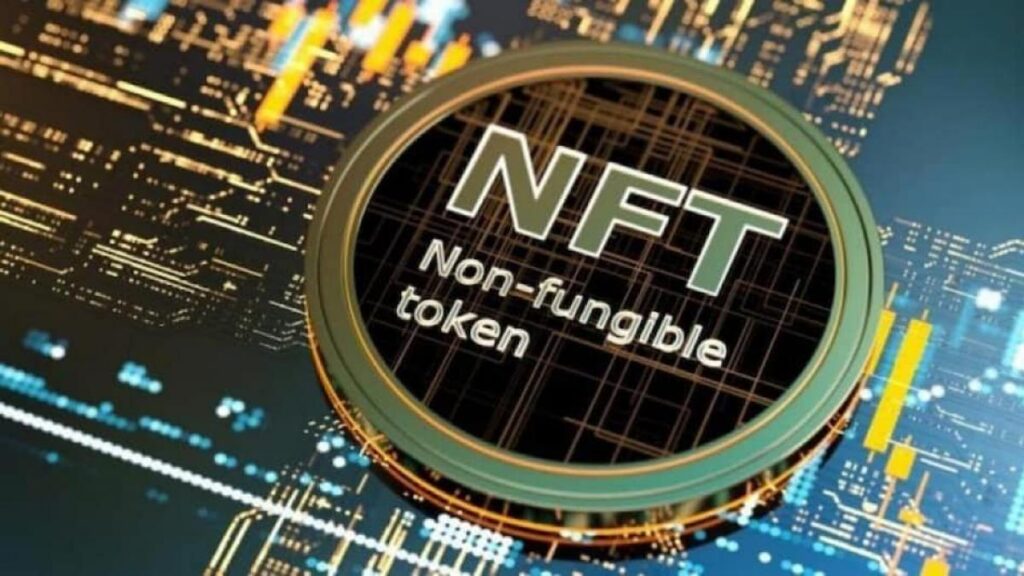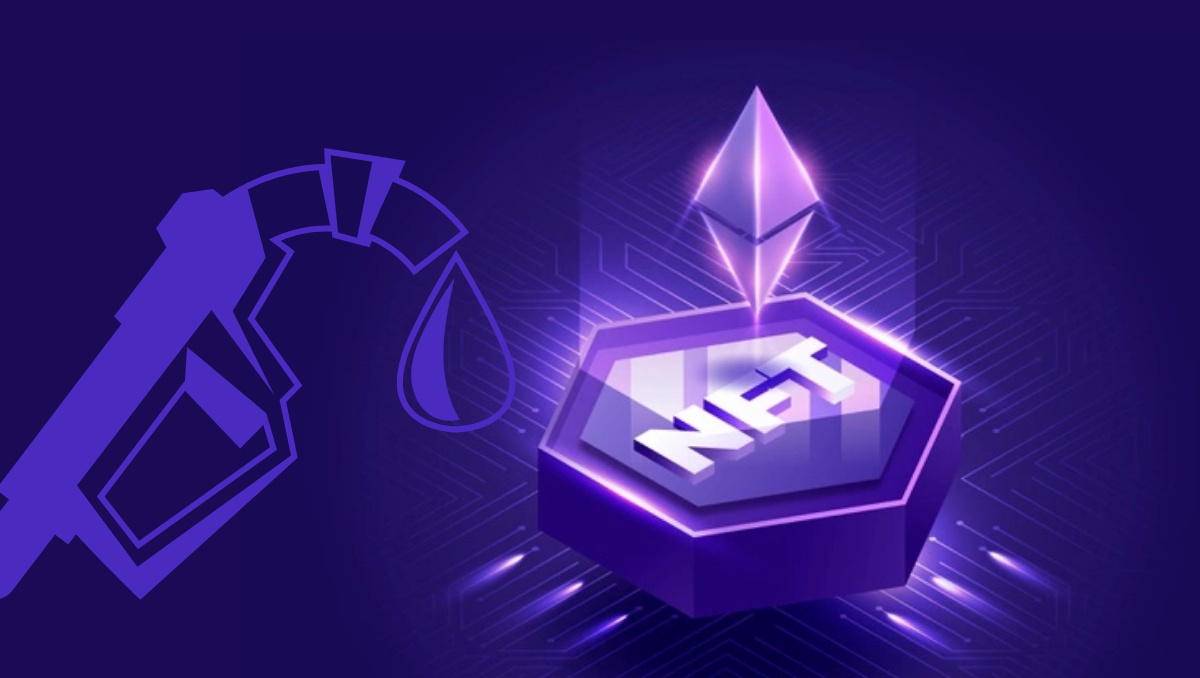Introduction
Over the past few years, NFT gaming has evolved from being a niche experiment in blockchain to becoming one of the most discussed innovations in the gaming industry. NFT (non-fungible token) games use blockchain technology to give players real ownership of in-game assets such as characters, skins, weapons, and land. Unlike traditional gaming, where digital assets are locked within the game, NFTs can be traded, sold, or even used across multiple platforms.
As we step into 2025, the NFT gaming industry continues to gain attention worldwide, not just from crypto enthusiasts but also from mainstream developers and traditional gamers who once dismissed it as a passing trend. The merging of blockchain, play-to-earn models, and community-driven ecosystems is creating a new frontier in gaming that’s impossible to ignore.
See more: NFT Play to Earn Scholarship
What Is Play-to-Earn?
One of the most groundbreaking innovations in NFT gaming is the play-to-earn (P2E) model. Unlike traditional games, where players invest time and money without financial return, P2E allows players to earn real-world income by participating in the game.
Here’s how it works:
- Players earn NFTs or tokens by completing tasks, winning battles, or exploring in-game economies.
- These digital assets can then be sold on marketplaces like OpenSea or traded for cryptocurrency.
- In some cases, tokens are linked to governance, meaning players also get a say in how the game evolves.
For example, Axie Infinity demonstrated how powerful P2E could be, enabling players in developing countries to earn substantial income during the pandemic. In 2025, the concept has expanded, with games blending P2E mechanics into more immersive genres, from MMORPGs to racing simulators. The result? Gaming is no longer just entertainment—it’s a career opportunity and a gateway into the digital economy.
How NFTs Add Value to Gaming
NFTs fundamentally reshape how players perceive in-game assets. In traditional games, that legendary sword or rare character skin only exists in the developer’s ecosystem. With NFTs, these items become digital property owned by the player.
Here’s why this is a game-changer:
- True Ownership – Gamers actually own their digital items and can keep them even if the game shuts down.
- Scarcity and Value – Limited-edition NFTs can become collectibles with real-world value, similar to rare trading cards.
- Cross-Platform Potential – In the future, NFTs could be used across multiple games, creating interconnected virtual worlds.
For instance, The Sandbox and Decentraland allow players to buy virtual land as NFTs, which they can rent, sell, or build businesses on. This blurs the line between gaming and investment, turning virtual items into assets with long-term value.
The Rise of Play-to-Earn Communities
Perhaps one of the most exciting aspects of NFT gaming is how it fosters communities and digital economies. Unlike traditional games where progression is individual, NFT games encourage collaboration, guilds, and co-owned digital assets.
- Guilds and DAOs (Decentralized Autonomous Organizations) have emerged to pool resources, allowing groups of players to collectively invest in expensive in-game assets.
- Entire economies form around these games, with players, creators, and investors working together.
- In countries like the Philippines, Brazil, and India, P2E communities have become a major source of income, creating new social and economic structures.
These communities are not just about gaming—they’re about creating ecosystems where digital property, work, and leisure converge. Developers benefit too, as community-led engagement leads to stronger loyalty and organic growth.
Challenges and Concerns
While the opportunities in NFT gaming are enormous, there are also serious challenges that developers and players must consider.

- Market Volatility
The value of in-game NFTs and tokens is tied to cryptocurrency markets, which are notoriously unpredictable. Prices can skyrocket or crash overnight, making earnings unstable. - Scams and Security Risks
With new opportunities come bad actors. Rug pulls, fake NFT projects, and phishing attacks have cost players millions. Developers must prioritize security and transparency. - Environmental Concerns
Early blockchains like Ethereum faced criticism for their energy consumption. Although many platforms are shifting to proof-of-stake models (e.g., Ethereum 2.0, Polygon), sustainability remains a concern for environmentally conscious players. - Accessibility Issues
Some NFT games require expensive upfront investments, such as buying starter NFTs, which limits access for casual players. Newer models like free-to-play with NFT earning options are emerging to address this.
The Future of NFT Gaming
Looking ahead, 2025 marks a pivotal year for NFT gaming as it matures from experimental hype into a more structured industry. Here are some key trends shaping the future:
- Mainstream Developers Entering the Market
Companies like Ubisoft and Square Enix have already experimented with blockchain gaming. Expect more AAA studios to adopt NFTs in ways that enhance player experience rather than exploit it. - Interoperability Between Games
The concept of the metaverse is gaining traction, where NFTs can move across multiple platforms. Imagine earning a rare item in one RPG and using it in another FPS. - Hybrid Models
Instead of pure play-to-earn, we’ll see play-and-earn models, focusing on fun gameplay first, with earnings as a bonus. This shift will help attract traditional gamers. - Regulation and Consumer Protection
Governments are beginning to take notice of NFT games, especially where they overlap with finance. Stricter regulations may come, but this could actually improve industry credibility. - Integration of AI and Blockchain
Artificial intelligence is being used to create smarter in-game economies, procedurally generated NFT content, and personalized gaming experiences.
The future promises a balance where NFT gaming is both enjoyable and economically sustainable, offering value for developers, players, and investors alike.
Conclusion
The NFT gaming industry in 2025 is no longer just a buzzword—it’s a thriving ecosystem transforming how we think about games, ownership, and digital economies. By introducing true ownership of assets, enabling players to earn while they play, and fostering global communities, NFT games have created opportunities that go far beyond entertainment.
Still, players and developers must proceed with caution, aware of challenges like volatility, scams, and sustainability. The most successful NFT games of the future will be those that prioritize fun, fairness, and community while leveraging blockchain technology responsibly.
For developers, the message is clear: innovate, but keep players at the heart of your design. For players, it’s an invitation to explore new digital frontiers responsibly, where gaming is not only fun but also financially rewarding.
